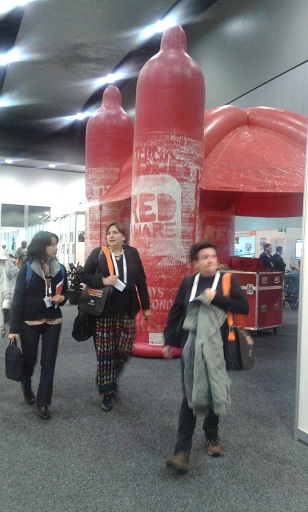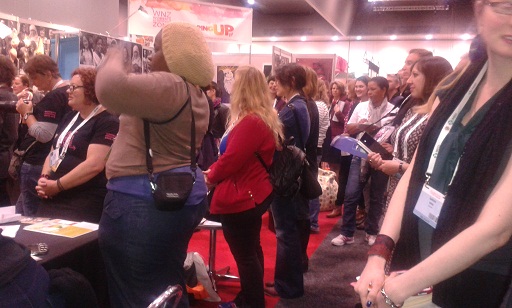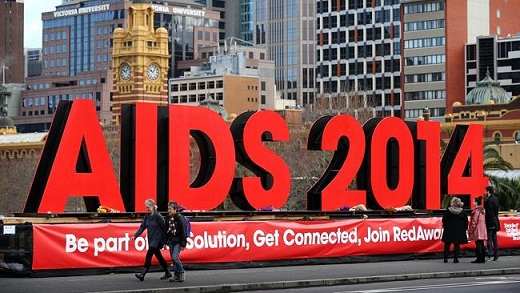
By DIANA G. MENDOZA
MELBOURNE – “I feel and sense that the Philippines may be the next Africa.”
Dr. Jose Narciso Melchor Sescon, president of the AIDS Society of the Philippines (ASP), made this conclusion at the International AIDS Conference being held in this city after the Philippines figured prominently in the global forum where scientific experts singled out the countries exhibiting high numbers of new HIV (human immunodeficiuency virus) infections in 2013.
The Philippines was identified as one of only three countries alongside Indonesia and Pakistan as having “worryingly-high” numbers of new HIV infections in 2013 while the rest of the world is experiencing a lessened pattern of HIV transmission and deaths from acquired immunodeficiency syndrome (AIDS).
“While new infections continue to decrease globally, we are unfortunately seeing a very different pattern in Indonesia, Pakistan and the Philippines with increasing numbers of new infections in 2013,” Prof. Sharon Lewin, an infectious disease and biomedical research expert of Australia who co-chairs the global conference, said.
She made the same report in the official press conference prior to the opening of the event and in a scientific presentation with other experts.
Lewin cited men who have sex with men (MSM), sex workers, people who inject drugs and transgender persons as the populations contracting HIV— the virus that causes AIDS— in the three countries.
The Philippines has a cumulative total of almost 19,000 HIV infections based on HIV test results received and confirmed by government laboratories of the Department of Health (DOH) from 1984 to May 2014. Of this total, 16,800 are males. Sexual contact is the predominant mode of transmission at 94%. Homosexual and bisexual transmission accounted for 75%.
The DOH noted the sudden spike in new infections starting in 2007 with a tenfold rise in infections, and with the bulk of new infections occurring in young MSM aged 15 to 24. A sizeable number of infections among people who inject drugs is rapidly increasing in General Santos City, Zamboanga, and Cebu. Hospitals managing HIV patients have also noted a huge increase of transmission from infected mothers to their babies in 2013.
Sescon said the dismal situation of HIV and AIDS prevention and control in the Philippines was due to many factors. “If funds are not placed where they should be, if we do the usual things we know and are not open to evidence-based practices, if the extent of coverage and reach of key affected populations are not done in due time, if stigma continues to prevail, if access to quality HIV services are denied, and if response is not comprehensive, then we could be the next Africa,” he said.
Programs that have worked in countries that successfully decreased the rate of HIV transmission have not been implemented in the Philippines. Sescon cited as example needle and syringe exchange, also known as harm reduction program, that entails providing clean needles and syringes to people who inject drugs.
“Globally, it works, as it reduces both HIV prevalence and the use of drugs, but we are not doing it in the Philippines,” he said.
The Philippines also does not have a comprehensive sexuality education program in secondary schools. “The newly infected Filipinos are getting younger! What are we doing?” he asked.
Academe-based studies have noted early sexual activity and drug use among young people aged 14 to 19.

Sescon added that services such as health insurance for persons living with HIV are also wanting. “Philhealth coverage is limited and it employs the usual bureaucratic process that causes the actual disclosure of name, age, status, and address of a person with HIV seeking insurance coverage, which impedes on human rights principle of anonymity and confidentiality.”
At least four government AIDS medium term plans that spell out the government’s response to HIV infections have been implemented, with the fifth and current one ending in 2016. The Philippines is known for passing a landmark law on HIV and AIDS (Republic Act 8504). Non-government and civil society organizations that include organizations of Filipinos living with HIV have complemented the government work, but HIV transmission continued unabated.
HIV/AIDS was first reported as an illness and a threat to public health in the Philippines in 1984. The first infections occurred among female sex workers around the former US military bases, and then mostly male overseas contract workers. At the start of the new millennium, the profile shifted to young people, especially young MSM.
The Joint United Nations Programme on HIV/AIDS (UNAIDS) reported that Sub-Saharan Africa accounted for 24.7 million adults and children infected with HIV in 2013. Asia Pacific had the next largest population of people living with HIV with 4.8 million, with new infections estimated at 350,000 in the same year.
UNAIDS executive director Michel Sidibe said that while much had been accomplished in HIV prevention, awareness and control in the last three years than in the previous 25, more had to be done both in prevention and in the treatment of people who already have the virus through antiretroviral drugs that slow down the progression of HIV infection to AIDS— its terminal phase.
Around 12,000 researchers, policymakers, workers and activists, including 800 journalists, are attending the AIDS conference, which is held every two years.
